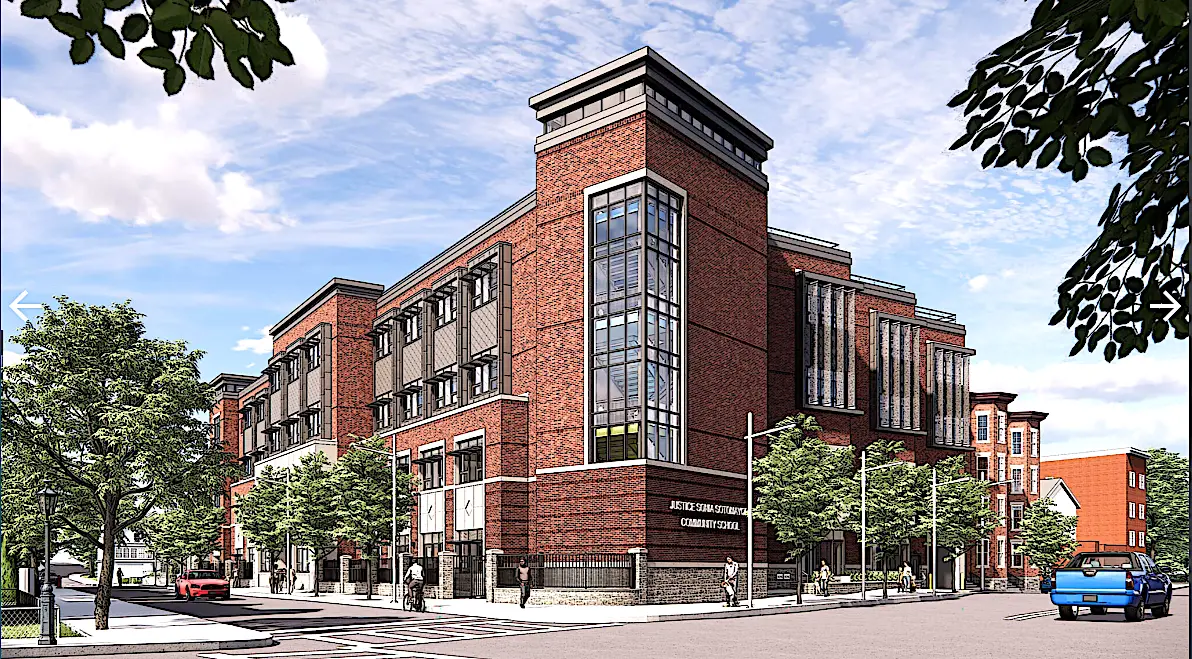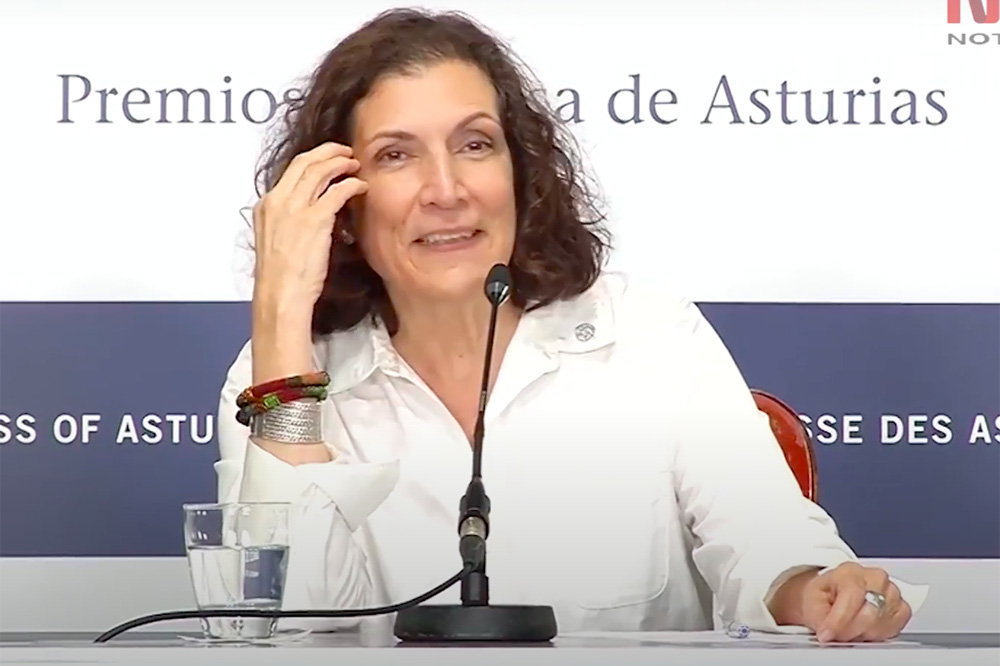The Mount Kisco-based architecture firm KG+D, which is well-known for its school and municipal building designs throughout the Hudson Valley and in Fairfield County and elsewhere, recently was named Firm of the Year by the American Institute of Architects New York State Chapter. KG+D is the first firm to have received the award that does not maintain an office in New York City.
Russell Davidson, president and a principal KG+D, told the Business Journals that the firm has managed to build long-lasting relationships with school districts and various levels of local governments while also working on commercial projects.

“It’s building relationships with communities in which the improvements that are being proposed are valuable and meaningful to the whole community,” Davidson said. “Our slogan is ‘Listen, Imagine and Build.’ Because a proposal is born out of listening to the community it is easy to find success because it comes from the very grassroots base that will ultimately have to approve the funding.”
Davidson explained that KG+D often becomes involved in projects at their earliest stages and helps municipalities and school districts present concepts to the community and build support when a referendum is required to decide whether bonds will be floated to pay for a project.
“We help our clients communicate with excellent graphics and renderings and attend lots and lots of meetings,” Davidson said. “The proposal itself really comes from listening to the community so that by the time it comes out you’ve built a constituency that already knows why it’s valuable.”
Davidson said that the big difference between work for a commercial developer and publicly-funded work is that the public thinks of public buildings as being designed to last forever; they’re always going to need their libraries, schools and government buildings.
“Our firm takes a long view toward the life cycle of the building,” Davidson said. “A developer tends to look more at the amount of time he’s going to hold and operate the building or the life of the financing. We look at 50- and 100-year cycles for buildings. We still are designing buildings with terrazzo floors, walls that are 14-inches or 16-inches thick. The other big issue is sustainability and energy efficiency. Rather than first cost or having a two- or three-year payback on some sustainable feature public clients can look at 10-, 15- and 20-year paybacks.”
Davidson said that KG+D takes the long view in designing for sustainability and durability since the longer expected life span of a public building allows a longer time period to amortize the costs of the highest quality and most energy-efficient mechanicals.
“It’s so sort of baked into our approach. It doesn’t seem necessarily novel anymore,” Davidson said. “It’s just the way we do every project.”
Davidson said that KG+D is part of a program of the American Institute of Architects called the 2030 Commitment to lower carbon use by the year 2030.
“It’s a relatively new initiative but our firm has been involved with sustainable building for quite a long time,” Davidson said. “Some of the notable ones include the Jacob Burns Media Arts Lab, which was the first LEED Gold building in Westchester; The Post Road School in White Plains from around 2007 had an Energy Star rating of around 100 with a fully ground source heat pump for heating and cooling. Right now over in Middletown they’re drilling over 100 wells for a ground source heat pump system for Twin Towers Middle School; and under construction right now in Yonkers is the Justice Sonia Sotomayor School, which will be heated and cooled with heat pumps, so zero carbon fuels used for heating and cooling in a brand new building.”

Among KG+D’s other projects are: the Seven Bridges Middle School in Chappaqua; Pleasantville High School renovations; additions and renovations at The Ursuline School in New Rochelle; theater restoration at Bronxville High School; replacement of the Hutchinson Elementary School for the Pelham Union Free School District; and a new dining hall, athletic center and playing fields at the Trinity Pawling School.
“We have done a fair amount of what we call replacement buildings,” Davidson said. “One of the most energy-efficient things you can do is to renovate and restore existing buildings. That’s pretty typical for the Northeast, which was settled so long ago. In Katonah, Katonah Elementary was built in 1939 as part of the Works Progress Administration and we’re now renovating it and adding a ground source heat pump system to the entire historic old elementary school.”
Davidson said that there is growing support for designing and constructing sustainable buildings and not wasting resources by putting in outdated and inefficient systems.
“We’ve seen the public opinion and client opinion come around to absolutely wanting a sustainable approach even if it costs more,” Davidson said. “Even before Covid the public really cared as much about a healthy building as it did an energy-efficient building. We’re seeing a lot more consensus around clean, fresh, filtered air in buildings. It’s been an interesting progression toward the long view of sustainability and healthier buildings.”





















